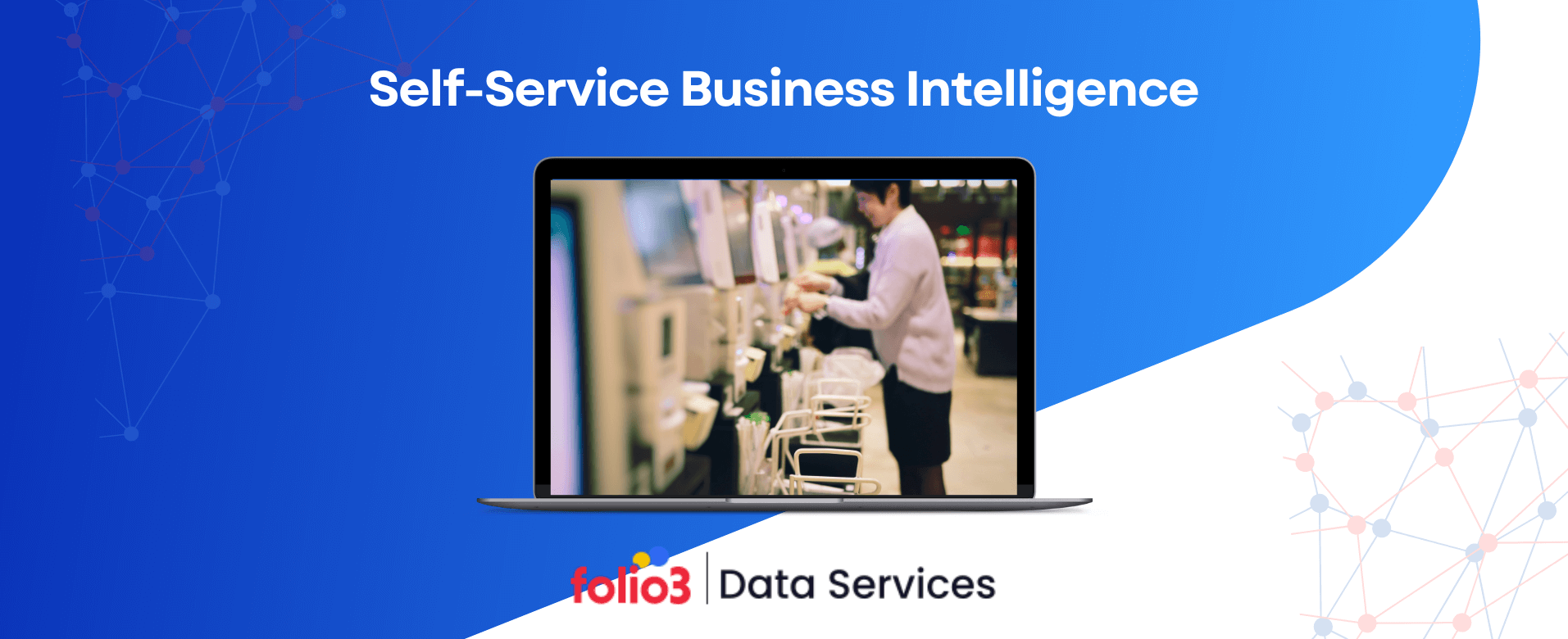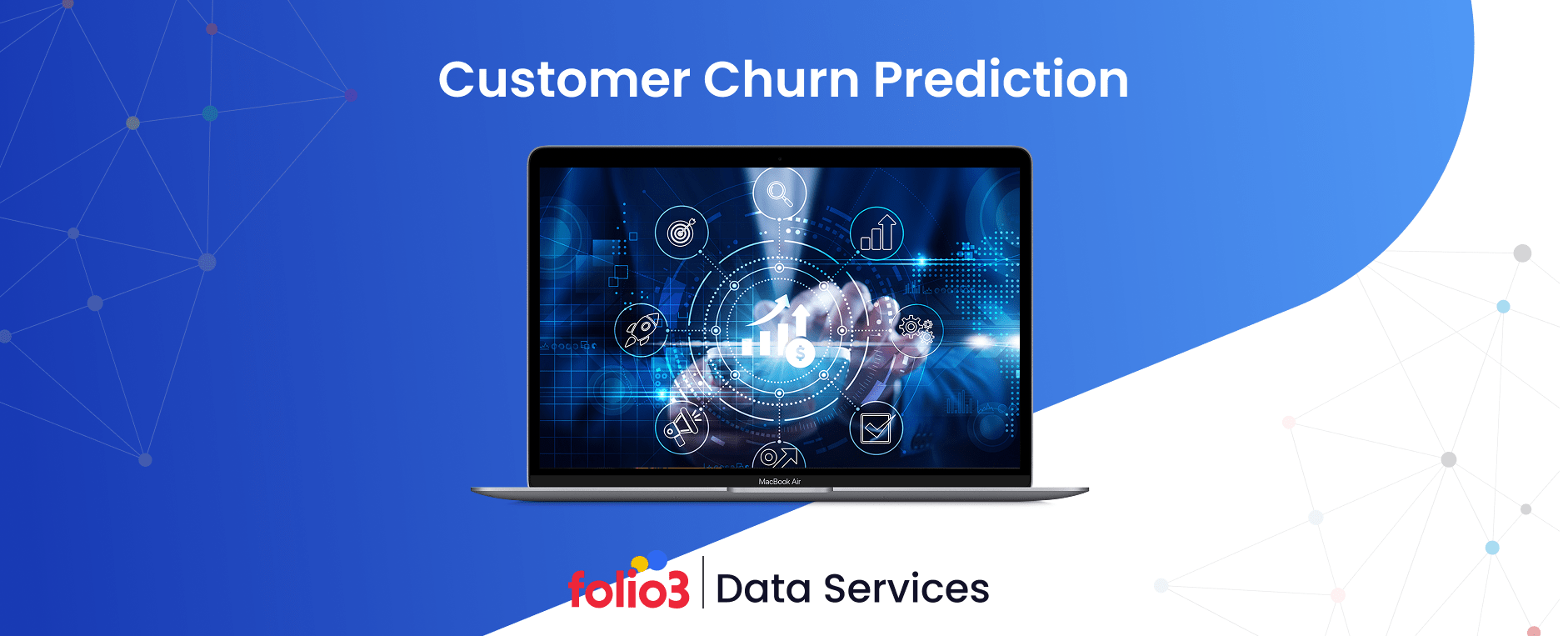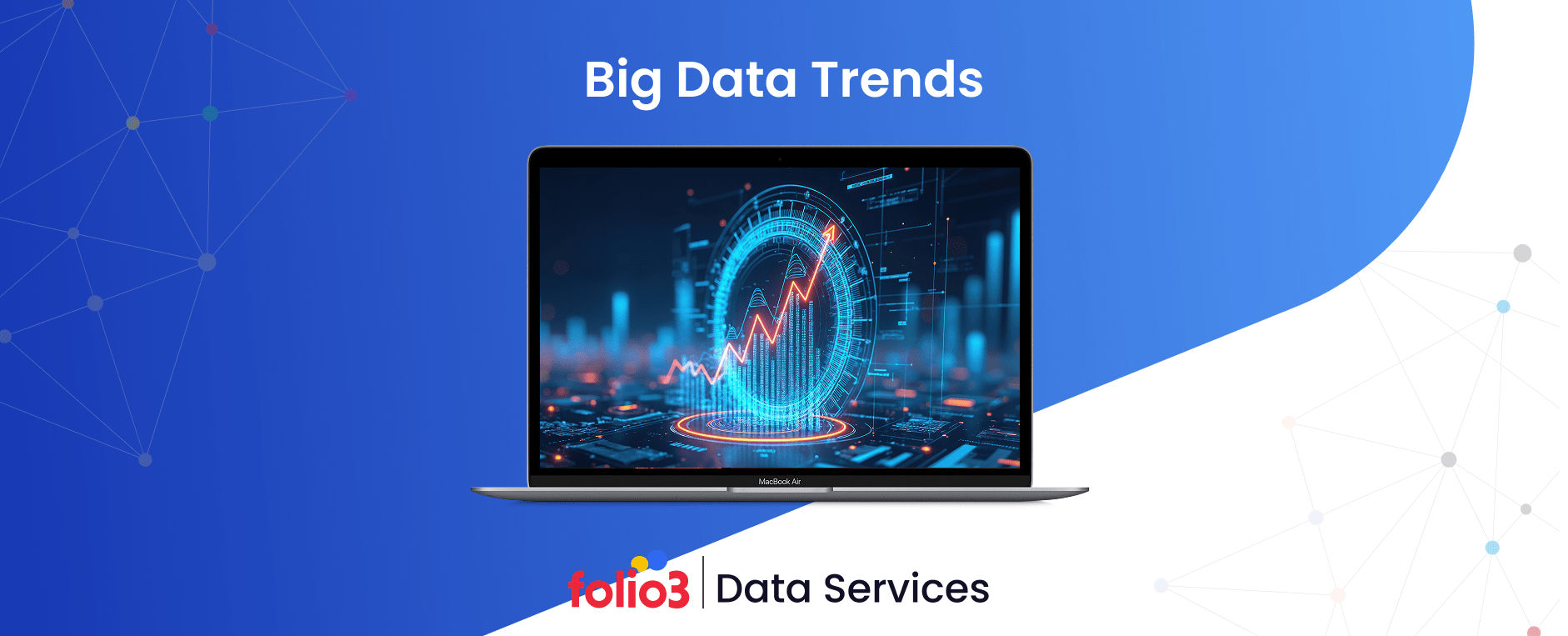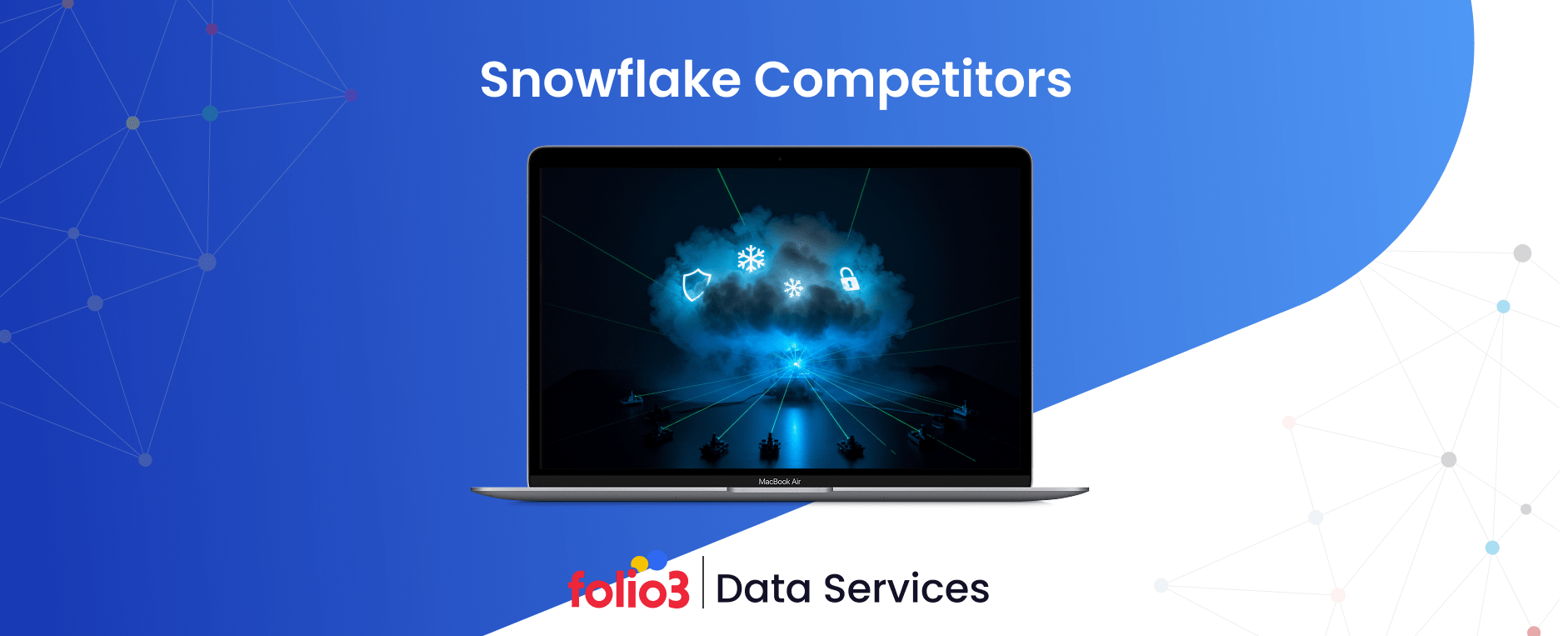Organizations strive to make informed decisions swiftly and efficiently. Traditional Business Intelligence (BI) tools, while powerful, often require technical expertise and time-consuming processes that can bottleneck decision-making. That is when self-service business intelligence comes, it is a revolutionary approach empowering non-technical users to access, analyze, and visualize data without relying heavily on IT teams.
The evolution of BI from traditional to self-service reflects a significant shift in how businesses interact with data. With self-service business intelligence tools, decision-makers gain real-time insights, enabling them to identify opportunities, address challenges, and make proactive choices faster than ever before. This democratization of data ensures that users across all levels of an organization can actively participate in shaping business strategies.
But what is self-service BI, and why is it critical for today’s businesses? In essence, it’s a modern BI approach that places data exploration in the hands of the user. Whether through intuitive dashboards, drag-and-drop functionality, or robust self-service business intelligence software, this model simplifies complex analytics processes.
Empowering non-technical users isn’t just a convenience but it’s a necessity. In fast-paced industries, the ability for all team members to independently analyze data fosters agility and innovation. BI self-service tools eliminate the traditional dependency on data scientists or IT teams, making data insights more accessible than ever.
In this blog, we’ll explore the core aspects of self-service business intelligence, from its tools and features to its profound impact on organizations. We’ll also delve into why this transformation matters and how businesses can effectively implement these solutions to unlock their full potential.
What is Self-Service BI?
At its core, self-service business intelligence refers to a data analytics approach designed to empower non-technical users to independently access, analyze, and interpret organizational data. Unlike traditional BI systems, which often require the intervention of IT teams or data analysts, self-service BI puts the tools and capabilities directly in the hands of business users. This shift eliminates bottlenecks and fosters a culture of data-driven decision-making across all levels of an organization.
So, what is self-service BI in practical terms? It’s an intuitive and user-friendly system that enables employees regardless of technical expertise to create reports, dashboards, and visualizations on their own. This democratization of data makes insights more accessible, helping organizations respond faster to market changes and customer needs.
Self-service business intelligence tools play a pivotal role in making this possible. These tools often feature drag-and-drop interfaces, pre-built templates, and robust data integration capabilities, enabling users to explore data without requiring coding or advanced analytics knowledge. For example, an operations manager can easily track key performance indicators (KPIs) or a marketing team can analyze campaign results without waiting for IT assistance.
Additionally, self-service business intelligence software is built with scalability in mind. It allows organizations to centralize their data while still enabling decentralized access for users. This ensures consistency in reporting while promoting flexibility in data exploration. By bridging the gap between data complexity and user accessibility, BI self-service solutions have become indispensable in modern business environments.
Benefits of Self-Service BI
The rise of self-service business intelligence has revolutionized how organizations leverage data, offering a wide range of benefits that extend beyond operational efficiency. Let’s explore how self-service BI is reshaping the business landscape:
1. Empowered Workforce
One of the most significant advantages of self-service business intelligence is empowering non-technical users to make data-driven decisions. With the help of intuitive self-service business intelligence tools and data analytics services, employees no longer need to rely solely on IT or data analysts for insights.
For instance, a sales manager can instantly pull up real-time performance data to identify opportunities, while a product manager can analyze customer feedback trends to refine strategies. By placing data directly into the hands of end-users, BI self-service promotes independence and enables faster, informed decision-making at every level of the organization.
2. Improved Agility
Traditional BI systems often involve lengthy wait times for report generation, which can delay critical decisions. With self-service business intelligence software, users gain faster access to insights, eliminating the dependency on IT teams.
Whether it’s creating customized dashboards or generating ad hoc reports, these tools enhance organizational agility, allowing businesses to quickly adapt to market shifts and customer demands. By integrating insights from customer analytics consulting, this speed and flexibility become even more impactful in today’s fast-paced business environment, where timely decisions can be a competitive differentiator.
3. Cost Efficiency
By reducing reliance on IT resources for routine reporting and analytics, self-service business intelligence significantly lowers operational costs. IT teams can focus on more strategic initiatives instead of handling repetitive data requests.
Moreover, the investment in self-service business intelligence tools often yields a high return by streamlining processes and minimizing delays in data access. This cost efficiency extends to training as well, as most self-service BI platforms are user-friendly and require minimal technical expertise, saving on training and support expenses.
4. Enhanced Data Democratization
Traditional BI systems often limit data access to specific teams or departments, creating silos that hinder collaboration. Self-service business intelligence software breaks down these barriers by making data accessible to everyone within the organization.
This data democratization ensures that decision-makers across departments be it marketing, operations, or finance are working with the same data sources, fostering alignment and collaboration. As a result, businesses can create a unified approach to solving challenges and identifying opportunities, ultimately driving better outcomes.
Challenges of Implementing Self-Service BI
While the advantages of self-service business intelligence are undeniable, its implementation comes with its own set of challenges. Organizations must carefully address these issues to fully realize the potential of self-service BI.
1. Data Security and Governance Concerns
With self-service business intelligence tools providing widespread access to data, maintaining robust security protocols becomes critical. According to a 2023 report by Cybersecurity Ventures, global cybercrime costs are expected to reach $10.5 trillion annually by 2025, emphasizing the growing importance of data security.
Organizations need to strike a balance between democratizing data access and safeguarding sensitive information. Implementing strict data governance policies, role-based access controls, and encryption measures can help mitigate risks.
2. Ensuring Data Accuracy and Quality
Inaccurate or incomplete data can compromise the effectiveness of self-service business intelligence software, leading to poor decision-making. A Forrester Research study revealed that 21% of business decision-makers do not trust the data they use for analytics.
This highlights the need for organizations to establish centralized, clean data sources and regular validation processes. Without accurate data, even the most advanced self-service BI tools cannot deliver meaningful insights.
3. Training Employees to Leverage the Tools Effectively
A significant barrier to adopting self-service BI is the lack of training and awareness among employees. While what is self-service BI if not user-friendly, organizations still need to provide structured training programs to ensure employees can maximize the potential of these tools.
4. Overcoming Resistance to Change
Introducing self-service business intelligence often disrupts established workflows, which can lead to resistance among employees. To address this, organizations must foster a culture of openness, emphasizing the benefits of self-service BI through clear communication and leadership support. Early adopters and champions within the team can also play a crucial role in driving acceptance and adoption.
Steps to Implement a Self-Service BI Solution
Implementing self-service business intelligence successfully requires a structured approach that considers organizational needs, tools, and culture. Below are key steps to guide the process:
1. Assess Organizational Readiness for BI Tools
Before introducing self-service business intelligence tools, evaluate whether your organization is prepared for the transition. This involves assessing the current state of data infrastructure, identifying gaps, and determining whether your employees are ready to adopt a self-service BI approach. For instance, organizations with siloed data or outdated systems may need to invest in modernization efforts first.
2. Identify Key Stakeholders and Data Champions
Engage the right people early in the process. Key stakeholders such as IT leaders, department heads, and data analysts play a crucial role in defining the requirements for what is self-service BI within your organization. Additionally, appoint data champions from various teams who can advocate for self-service business intelligence adoption, assist colleagues, and address resistance.
These champions serve as liaisons between technical teams and end-users, ensuring seamless communication and alignment throughout the implementation process.
3. Choose the Right BI Platform for Your Needs
Selecting the ideal self-service business intelligence software is a critical step. Consider factors such as scalability, ease of use, integration capabilities, and security features. Leading platforms like Power BI, Tableau, and Qlik Sense are popular options, but the choice should align with your organization’s specific needs and goals.
For example, businesses seeking advanced analytics may prioritize platforms with AI-powered features, while smaller organizations might look for cost-effective solutions.
4. Train Employees and Foster a Data-Driven Culture
Training is essential to empower employees to use BI self-service tools effectively. Design tailored training sessions based on user roles, offering practical insights into how the tools can enhance their day-to-day decision-making.
Equally important is fostering a culture where data-driven decisions are valued. According to a survey, 98.6% of organizations say they aim to build a data-driven culture, but only 32.4% have successfully achieved it. Highlight success stories and use cases to inspire employees to embrace the change.
5. Monitor Usage and Continuously Improve
The journey doesn’t end with implementation. Monitor how employees are using the self-service business intelligence tools, gather feedback, and identify areas for improvement. Use analytics to measure adoption rates, user satisfaction, and the quality of insights generated.
Regularly updating the tools and incorporating user feedback ensures that the platform remains relevant and effective. For instance, if users struggle with specific features, additional training or tool adjustments may be required.
Best Practices for Successful Self-Service BI
Implementing self-service business intelligence (BI) is not just about selecting the right tools but also ensuring they are effectively integrated into your organization. Following these best practices can help you maximize the benefits of self-service business intelligence tools and foster a data-driven culture:
1. Establish Clear Data Governance Policies
One of the critical aspects of what is self-service BI is providing users with access to data while maintaining security and accuracy. Clear data governance policies ensure that sensitive information is protected and only accessible to authorized personnel.
Define roles, responsibilities, and access levels for all employees. This approach not only safeguards data integrity but also builds trust in the BI system. According to Gartner, 80% of analytics initiatives fail due to poor data governance, highlighting its importance in any BI strategy.
2. Offer Consistent Training and Support
Providing users with ongoing training ensures they are equipped to leverage self-service business intelligence software effectively. Create user-friendly resources like tutorials, webinars, and Q&A sessions tailored to different roles and experience levels.
Additionally, establish a support system where employees can seek help or share feedback about BI self-service tools. The more confident users are in navigating the platform, the greater the adoption and usage rates.
3. Promote Collaboration Between IT and Business Teams
Successful implementation of self-service BI tools requires alignment between IT and business teams. IT can provide the necessary technical foundation and address security concerns, while business teams bring insights into day-to-day operational needs.
Fostering collaboration ensures the tools are user-centric and address real-world challenges, enhancing adoption and satisfaction. This partnership also helps strike a balance between empowering users and maintaining control over data integrity.
4. Start Small and Scale Incrementally
Instead of rolling out self-service business intelligence across the entire organization at once, begin with a pilot project. Select a department or team to test the tools and gather insights on usability, challenges, and potential improvements.
Once the pilot proves successful, gradually expand the implementation to other departments. This phased approach minimizes disruption, ensures lessons learned are applied, and reduces resistance to change.
5. Regularly Review and Update BI Tools to Meet Evolving Needs
As your organization grows and evolves, so do its data requirements. Regularly review the performance of your self-service business intelligence tools to ensure they remain aligned with organizational goals.
Incorporate user feedback, update features, and explore new capabilities as they become available. Keeping tools up-to-date not only enhances user experience but also maintains your competitive edge in leveraging data for decision-making.
Popular Self-Service BI Tools
The growing demand for self-service business intelligence has led to the development of various tools that empower organizations to unlock actionable insights without relying heavily on IT departments. Below are some of the most widely used self-service business intelligence tools, each offering unique features to meet diverse business needs:
1. Alteryx
Alteryx is a robust platform that combines data preparation, blending, and analytics in a single interface. Its intuitive drag-and-drop functionality makes it an excellent choice for non-technical users.
Why Choose Alteryx?
- Supports advanced analytics like predictive and spatial analysis.
- Provides seamless integration with multiple data sources.
- Enables automation of repetitive tasks to save time.
2. SAP BusinessObjects
A pioneer in the BI landscape, SAP BusinessObjects delivers comprehensive tools for reporting, visualization, and data exploration. It is well-suited for large organizations with complex data ecosystems.
Why Choose SAP BusinessObjects?
- Centralized data management for enhanced governance.
- Flexible deployment options, including on-premise and cloud.
- Interactive dashboards for real-time insights.
3. Qlik Sense
Known for its user-friendly design, Qlik Sense is a powerful self-service business intelligence software that enables users to explore data and create visualizations effortlessly. Its associative data model ensures no data is overlooked.
Why Choose Why Choose Qlik Sense?
- AI-powered insights to uncover trends and patterns.
- Drag-and-drop interface for ease of use.
- Highly scalable, making it suitable for businesses of all sizes.
4. Metabase
Metabase is an open-source self-service BI tool that caters to businesses looking for a cost-effective yet feature-rich solution. It is ideal for startups and small to medium-sized enterprises (SMEs).
Why Choose Why Choose Metabase?
- Simple setup process with minimal technical expertise required.
- Provides a variety of data visualization options.
- Community-driven enhancements due to its open-source nature.
5. Domo
Domo is a cloud-based platform designed to deliver real-time data visualizations and analytics. Its mobile-first approach makes it a favorite among teams that need data access on the go.
Why Choose Why Choose Domo?
- Combines BI, data integration, and collaboration in one platform.
- Pre-built connectors for seamless data integration.
- Customizable dashboards tailored to specific business needs.
FAQs
How is Self-Service BI different from traditional BI?
Traditional BI relies heavily on IT teams to generate reports and insights, requiring technical expertise and leading to delays in decision-making. In contrast, self-service business intelligence empowers non-technical users to access, analyze, and visualize data independently using intuitive tools. This shift fosters agility and democratizes data access across organizations.
How can small businesses benefit from Self-Service BI?
Small businesses often operate with limited IT resources, making self-service BI a cost-effective solution. By leveraging self-service business intelligence tools, small businesses can analyze trends, monitor performance, and make informed decisions without incurring high costs or technical dependencies.
What role does AI play in Self-Service BI?
AI enhances self-service business intelligence by automating data preparation, generating predictive insights, and enabling natural language processing for queries. This makes BI tools more intuitive, helping users uncover hidden patterns, forecast outcomes, and make data-driven decisions with minimal effort.
Final Words
Currently, self-service business intelligence has emerged as a game-changer, empowering organizations to unlock the full potential of their data. By enabling non-technical users to access and analyze data independently, businesses can foster agility, enhance decision-making, and democratize data across all levels.
While the journey to implementing self-service BI tools may involve challenges like data governance and employee training, adopting best practices ensures a smoother transition. Whether you’re a small business or a large enterprise, embracing self-service BI software equips your workforce to thrive in a competitive environment.



